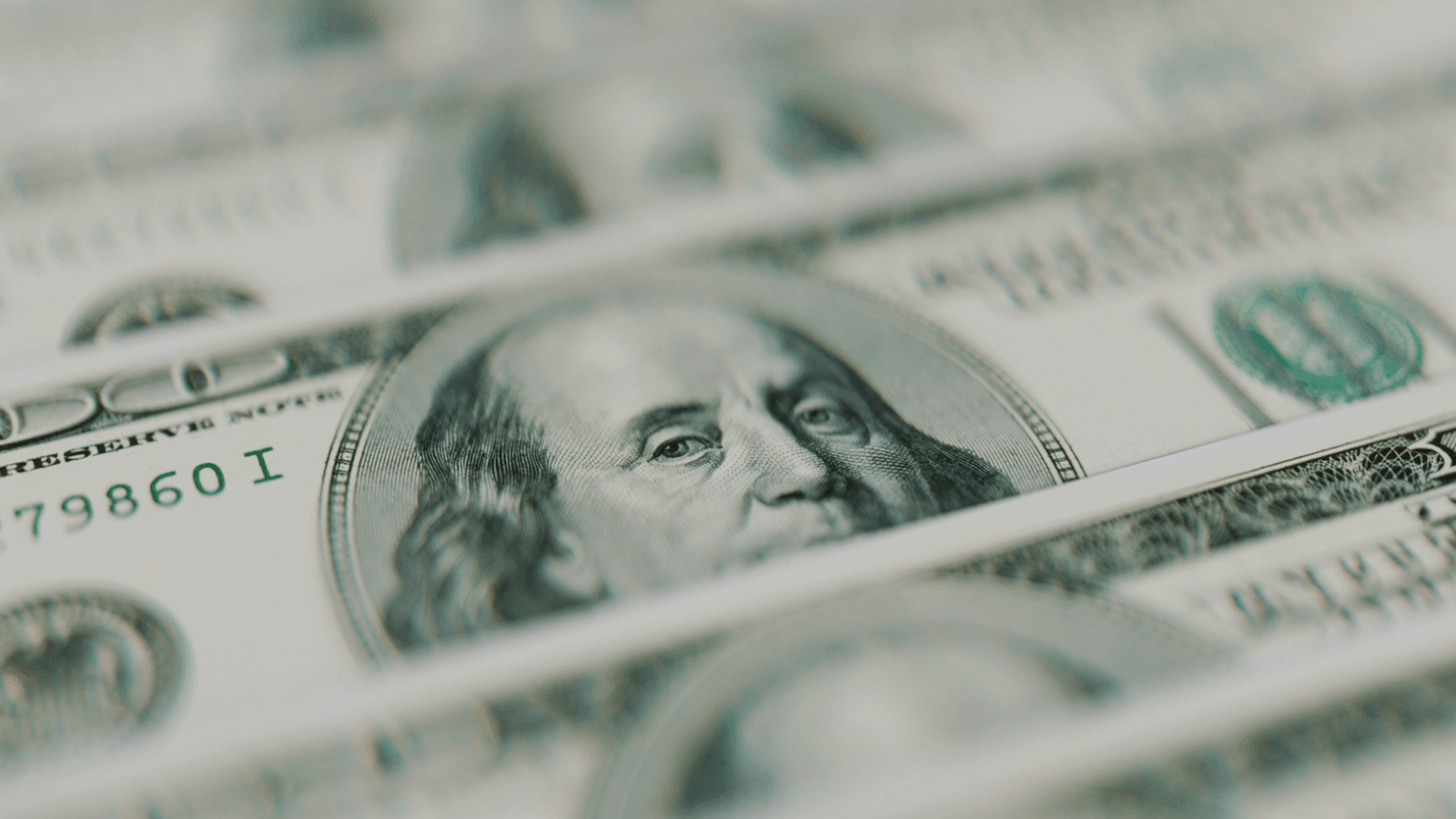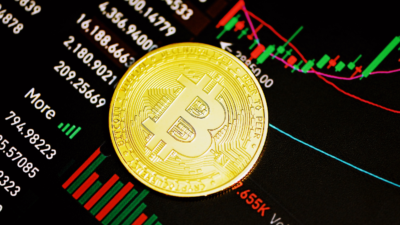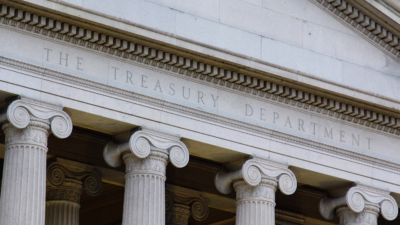Markets Eat Their Carats As Gold Touches New Record High
In times of economic uncertainty — such as high inflation or fears of a recession — some investors follow a literal golden rule: buy it.

Sign up for smart news, insights, and analysis on the biggest financial stories of the day.
In times of economic uncertainty, some investors follow a literal golden rule: Buy it.
Adherence to that time-honoured tradition was on display Monday, as gold prices topped $3,100 per ounce, the latest in a string of record highs that have pushed the precious metal — up 18% so far this year — to its biggest quarterly gain in 39 years. Will it continue to climb? Most analysts say yes, but one has a big caveat.
A Bullion Questions
Gold is viewed as a safe-haven asset for lots of reasons: Its value has generally increased over time, it can be but is not always a hedge against inflation, and its inverse relationship with the dollar can counterbalance currency fluctuations. The general idea is that gold’s relative stability can help preserve wealth when market volatility and geopolitical risks are on the rise.
As you know — unless you’ve just returned from a Tom Hanks Cast Away experience — those risks have risen dramatically in recent months. Amid an increasing probability of additional US tariffs, Goldman Sachs warned clients late Sunday that it now sees a 35% chance of a US recession in the next 12 months. JPMorgan’s chief global economist, Bruce Kasman, was more pessimistic earlier this month, putting the chance at 40%, while former Treasury Secretary and Harvard economist Larry Summers called it a coin flip. Which brings us back to gold: With no apparent end to the uncertainty in sight, will the precious metal still be worth its weight in itself? Forecasts say yes, but there’s a bold, contrarian view:
- Last week, Bank of America hiked its target price for gold to an average $3,350 per ounce in 2026, adding that it could go up to $3,500 if demand grows by 10% — Goldman also lifted its year-end price forecast to $3,300 per ounce. BofA’s analysts said central banks, where gold makes up roughly 10% of reserves, could increase that share to 30% or higher.
- On the other hand, Morningstar analysts have argued in recent weeks that gold may fall almost 40% to $1,820 in the next five years. Among their reasons: High prices have compelled miners to expand production (gold inventories have increased 9% in the past five years, according to the World Gold Council); a decrease in inflation could slow gold’s rise; and so-called “demand destruction” (as much as 15% of gold is used by industries, which could substitute cheaper materials to save costs, driving down demand and prices in the process).
Don’t Central Bank on It: It’s uncertain whether one key driver that BofA analysts are counting on will materialize. While a handful of central banks, including in Uzbekistan, China and Kazakhstan, have bought bullion to start the year, activity from reserve institutions is down from last year. Meanwhile, 71% of central banks surveyed by the World Gold Council in June last year said they didn’t plan on increasing their stockpiles in the following 12 months.











